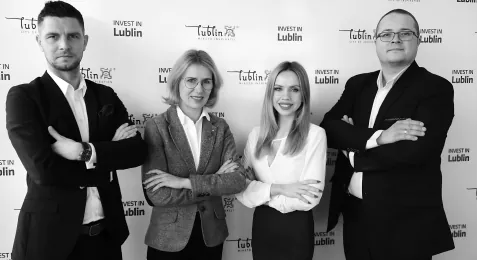Lublin Info Centre
Cortivision explores power of mind
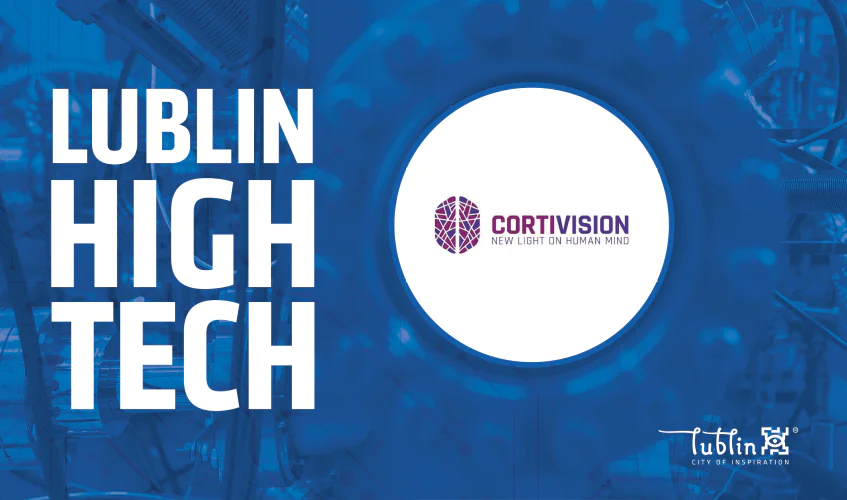
What Does Cortivision do?
We are a manufacturer of wireless, fully mobile near-infrared spectroscopes, utilizing NIRS technology, along with accompanying software for signal recording. Our products are employed for the study of brain activity, primarily for scientific research. This allows us not only to gain a deeper understanding of our most vital muscle but also to learn how to train it. In the future, we may also create products specifically designed for it.
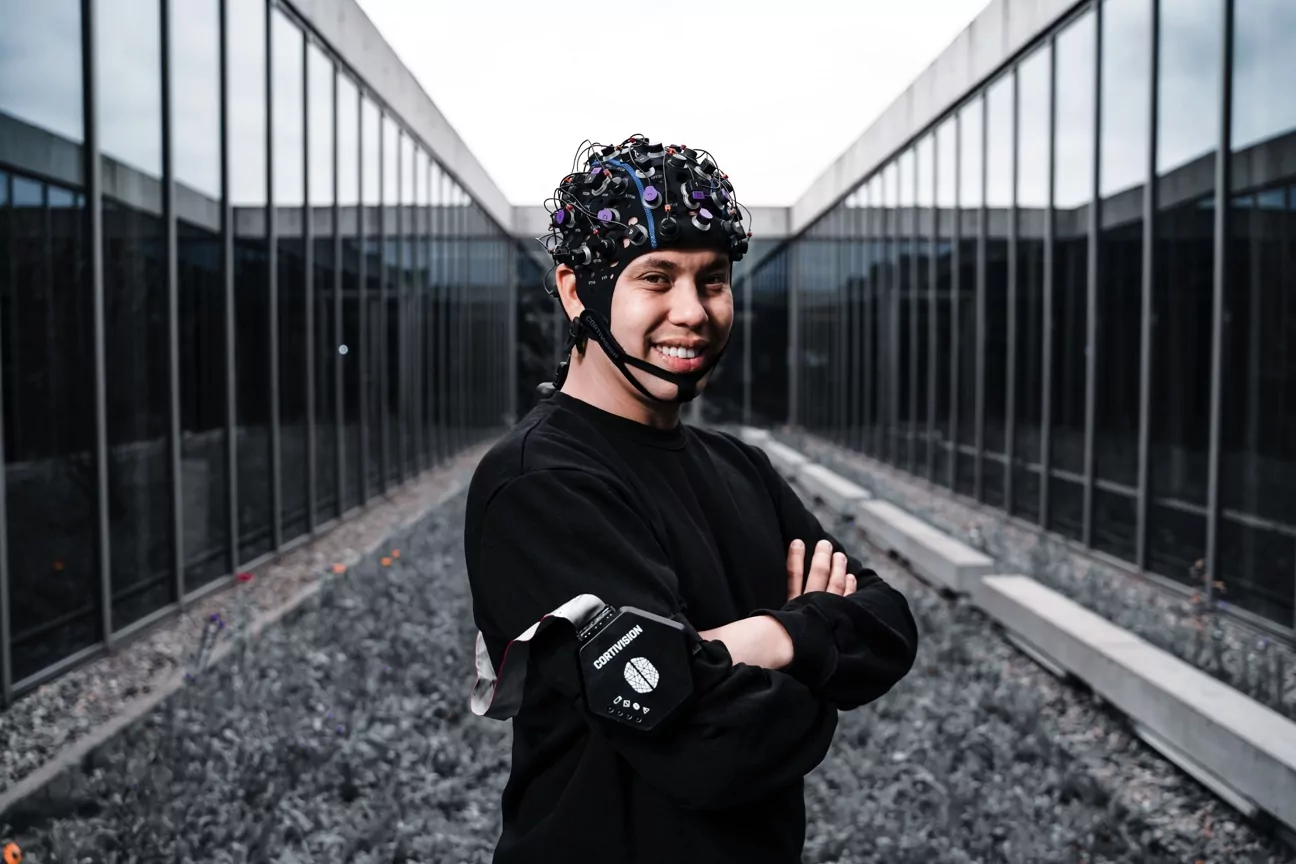
How does fNIRS technology differ from EEG?
An electroencephalogram (EEG) and fNIRS are two distinct methods for monitoring brain function, differing in the type of signals they register. EEG detects changes in the electric field produced by groups of neurons in the brain, while fNIRS allows for the observation of selected areas of the brain by measuring the oxygen levels in the blood flowing through them. fNIRS is a completely safe technique, with no side effects observed in people. It is also more comfortable for the user, as it doesn’t require any gel applications like EEG does and offers increased mobility.

Where did the idea for the business come from?
The concept for the business emerged from a meeting between an experienced programmer and a scientist from John Paul II Catholic University of Lublin during an annual “Brain Days” event. In their backstage conversations, they both realized that the brain research solutions available at the time, even the world’s best, were challenging to use and they could do something to change that. From that meeting, the joint efforts in the search for the Lublin solution began. The idea progressed gradually, almost collapsing at one point, but finally took off at the end of 2018 and the start of 2019 when we managed to build a team and business plan within the Warsaw Technology Accelerator WAW.ac. As a result of that, we were able to apply to the startup platform within the framework of the Operational Programme Eastern Poland funded by EU funds. During our work there, we managed to develop the formal and product framework, and since March 2019 we have been officially operating as a company. As of today, our team consists of several people, while the founders of the company have remained unchanged.
What stage of implementation is the company’s solution currently at?
Our solution is already available on the market in Poland and abroad. It is mainly targeted at scientists, scientific institutes, or university labs that study brain activity. It is important to note that our solution is not a medical device, and we do not venture into the clinical, treatment, or diagnosis areas. The perception that all brain-related activities must be medical and involve surgeons or neurosurgeons is a stereotype that we have tried to challenge. We believe that the brain is simply another muscle that can be trained, and that is why we have designed a device that is user-friendly and can be widely integrated, not just in scientific circles, but also in areas such as neuromarketing and biofeedback.
Could you please provide more information about the technology you use? Can you describe how your solution works, what functions it performs, and what opportunities it offers to users?
Our solution operates through the use of brain-computer interface technology. The device employs near-infrared technology, which involves emitting light that reaches the blood vessels surrounding the brain, allowing us to see under the skin and skull. The level of oxygenation in the blood causes the length of the light to change as it reflects off the oxygenated blood. Our detector then captures this reflected light and, using the information gathered, determines the percentage of oxygenated blood in a specific area of the cortex, the outermost layer of the brain.
From an anatomical perspective, we know that certain parts of the brain are responsible for different functions, such as self-awareness in the medial prefrontal cortex, verbal narration and symbolization in the left lateral prefrontal cortex, and movement and vision in another area. By analyzing which part of the brain is activated at a given moment, we can determine whether the subject is relaxed, focused, or distracted.
This information allows us to help the user improve their focus and attentiveness, for example, while studying, by providing them with stimuli that aid in concentration. One example is a game in which a child directs its avatar to complete a mission. If the avatar is unable to complete a task, and for example it was jumping too low or failing to see something, it is because the child is distracted. To complete the task, the child must develop its character, which is only possible if it is able to concentrate. Our solution can modify the game according to the player’s concentration level, encouraging its effort towards self-concentration and ultimately teaching control of concentration through an engaging form.
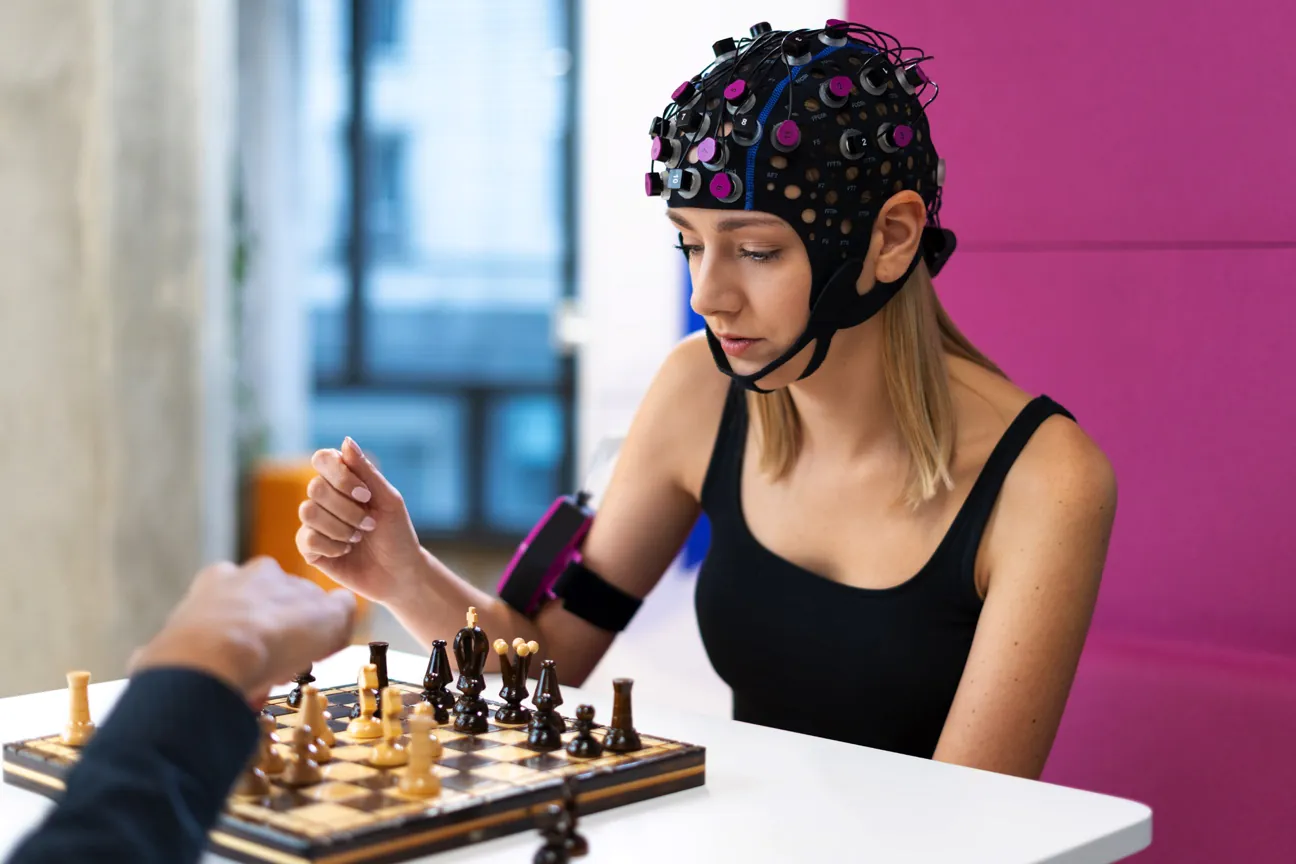
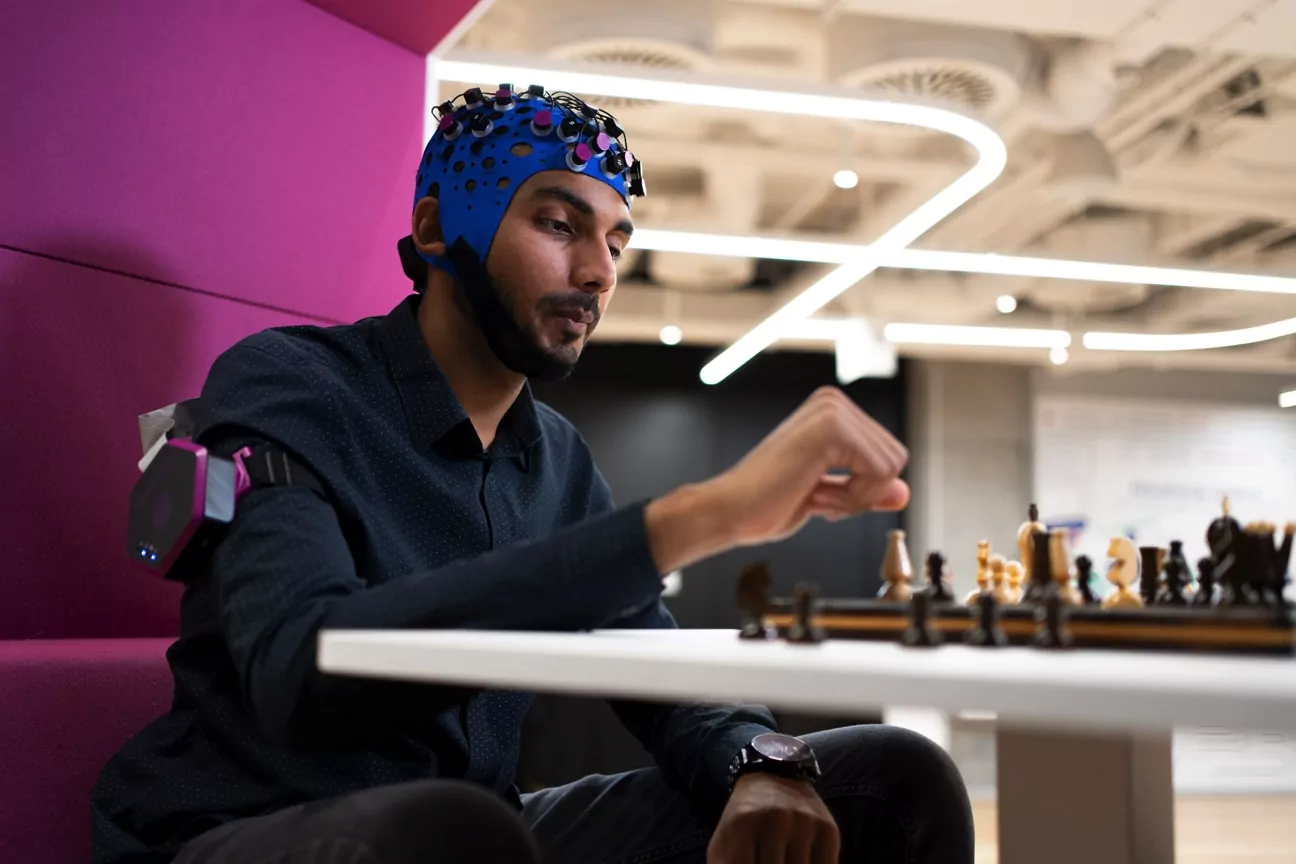
Besides the cited examples and areas where your solution is currently applied, are you considering collaboration with business?
We would like to expand our range of activities, primarily because the technology is ready for it. The issue is that the business sector today doesn’t necessarily want to align with the results that our solution can offer. Some companies say they use various innovative technologies, for example, to show the customer two or three types of new product packaging and see which one elicits the best feelings among recipients. However, in the end, the companies don’t fully consider the results of these studies. The market needs to get grown up to it. It’s important to emphasise that our device can serve a broader purpose though – for instance, evaluating emotions after a political speech or the reception of a multimedia exhibition by the audience, or even examining the placement of signs in public spaces to ensure people’s maximum attention on them.
What distinguishes you from the competition?
With only few companies in Poland specializing in this technology, we have limited competition within the country. However, our solutions are globally competitive as the technology we deal with is a worldwide topic. Our competitors are established global companies that have been in the market for longer than us, which presents both advantages and disadvantages. They have a larger customer base, but their products were developed when technology was less advanced, resulting in technological limitations such as difficulty in achieving mobility.
On the other hand, our solutions utilize the fNIRS method, which is free from many of the drawbacks of EEG, a commonly used technology in brain testing solutions. Unlike EEG, our fNIRS method is fully mobile, easy to use, and can be used outside of a laboratory setting, making it possible to conduct tests in the field. Additionally, we have combined fNIRS with virtual reality technology to create engaging and realistic biofeedback training. Our solutions are not just devices but also include proprietary software for signal processing for both scientific and training purposes.
Where are your main markets located and which ones dominate in terms of sales volume?
Our products are available in several regions, including Australia, New Zealand, China, India, the Eurasian Union, the European Union, and the European Economic Area. In Europe, we handle sales directly, but rely on distributors in other areas. Currently, China leads in sales with the majority of our customers being Chinese research centres.
What additional ties do you have to our city besides having your headquarters located in Lublin?
All of our products are made here. The city provides access to qualified personnel as we work closely with scientists from various universities, such as the Catholic University of Lublin and the Lublin University of Technology. Our daily collaboration with scientists in the city and use of its scientific facilities, such as the Perception & Cognition Lab at the Catholic University of Lublin, is crucial to us.
You have mentioned that your team currently consists of several people. Are you still seeking new employees? If so, what competencies are you looking for?
As for our team, we plan to expand and are currently seeking new employees with academic backgrounds in fields such as Optoelectronics, Analog Electronics, Physiological Sciences, or Neurophysiology. We highly value the academic potential in Lublin and hope to continue benefiting from it.



